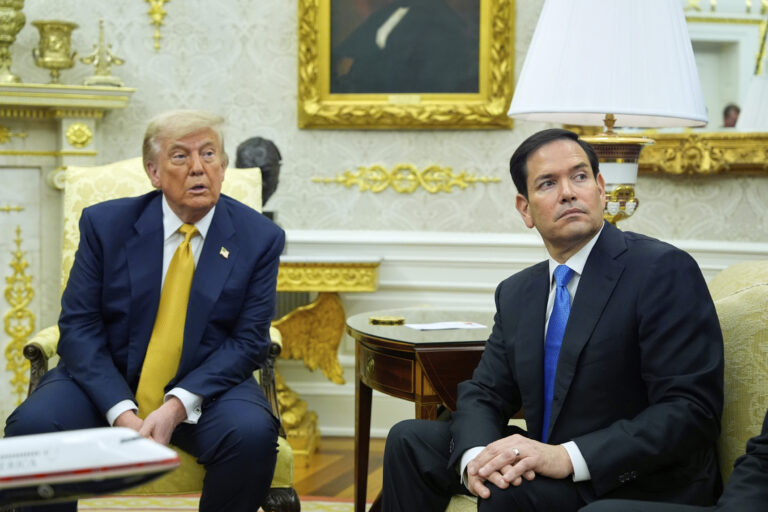The State Department is proposing a rule requiring some business and tourist visa applicants to post a bond of up to $15,000 to enter the United States, a step critics say could put the process out of reach for many.
According to a notice set for publication on Tuesday in the Federal Register, the department plans a 12‑month pilot program targeting applicants from countries with high visa overstay rates and weak internal document security.
Under the plan, applicants could be required to post bonds of $5,000, $10,000 or $15,000 when applying for a visa.
Why It Matters
This move marks a significant escalation in the Trump administration’s approach to immigration enforcement and revisits a controversial measure briefly introduced during Trump’s first term.
A previous version of the policy was issued in November 2020, but was never fully enacted due to the collapse in global travel during the COVID-19 pandemic. That version targeted about two dozen countries, most of them in Africa, with overstay rates exceeding 10 percent.

Associated Press
What To Know
The new visa bond program will take effect on August 20, according to documents reviewed by Newsweek and a notice previewed Monday on the Federal Register website. The Department of Homeland Security says the goal is to ensure the U.S. government doesn’t incur costs when a visitor violates visa terms.
“Aliens applying for visas as temporary visitors for business or pleasure and who are nationals of countries identified by the department as having high visa overstay rates, where screening and vetting information is deemed deficient, or offering citizenship by investment, if the alien obtained citizenship with no residency requirement, may be subject to the pilot program,” it said.
Under the plan, U.S. consular officers can require a bond from visa applicants who meet certain criteria. This includes nationals of countries with high visa overstay rates, countries with deficient screening and vetting, and those that offer citizenship-by-investment programs, particularly where citizenship is granted without a residency requirement.
Visitors subject to the bond will receive it back upon leaving the U.S., naturalizing as a citizen, or in the event of death. If a traveler overstays, however, the bond may be forfeited and used to help cover the costs associated with their removal.
Citizens of countries in the Visa Waiver Program are exempt, and consular officers will retain the discretion to waive the bond on a case-by-case basis.
What Countries Could End Up Being Affected
The U.S. government has not provided an estimate of how many applicants may be affected. However, 2023 data from U.S. Customs and Border Protection shows that countries with particularly high visa overstay rates include Angola, Liberia, Mauritania, Sierra Leone, Nigeria, Cabo Verde, Burkina Faso, and Afghanistan.
The list of affected countries will be published at least 15 days before the program begins and may be updated with similar notice. In the 2020 version of the pilot, countries such as Afghanistan, Angola, Burkina Faso, Burma (Myanmar), Chad, Congo, Eritrea, Iran, Laos, Liberia, Libya, Sudan, Syria, and Yemen were included.
What People Are Saying
The public notice stated: “The Pilot Program will help the Department assess the continued reliance on the untested historical assumption that imposing visa bonds to achieve the foreign policy and national security goals of the United States remains too cumbersome to be practical.”
Andrew Kreighbaum, a journalist covering immigration, posted on X: “It’s getting more expensive for many business and tourist travelers to enter the U.S. On top of new visa integrity fees, the State Department is imposing visa bonds as high as $15,000.”
What Happens Next
Visa bonds have been proposed in the past but have not been implemented. The State Department has traditionally discouraged the requirement because of the cumbersome process of posting and discharging a bond and because of possible misperceptions by the public.
This article includes reporting by the Associated Press.
Update 8/4/25, 12:59 p.m. ET: This article was updated with additional information.


